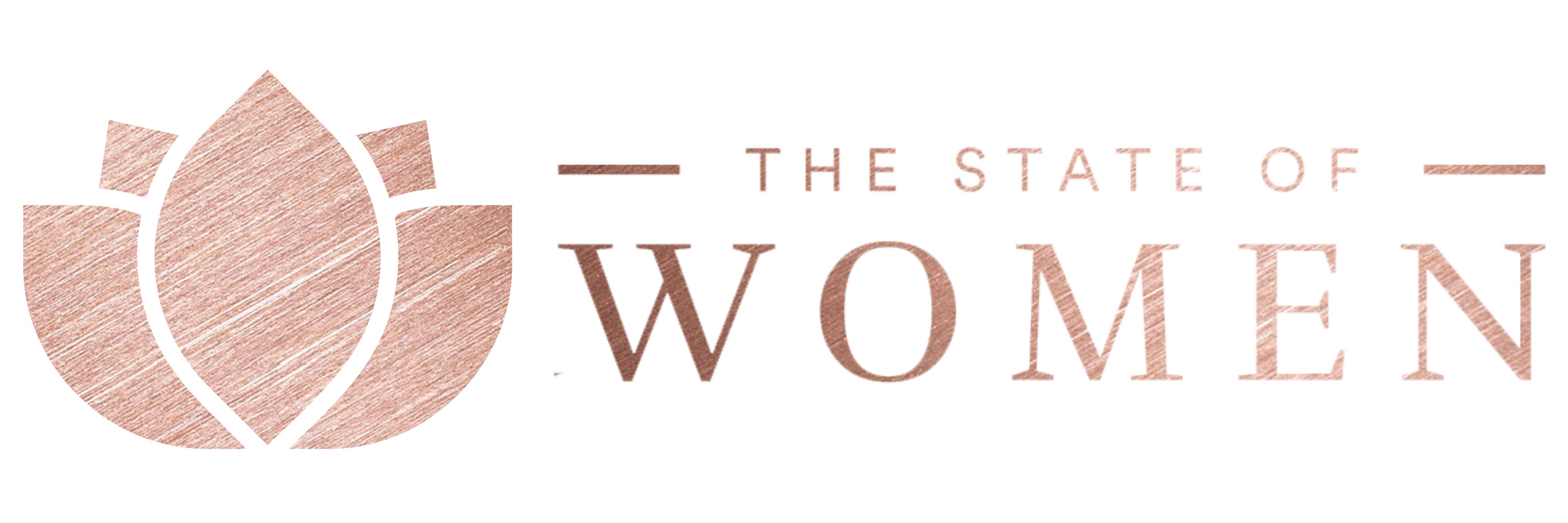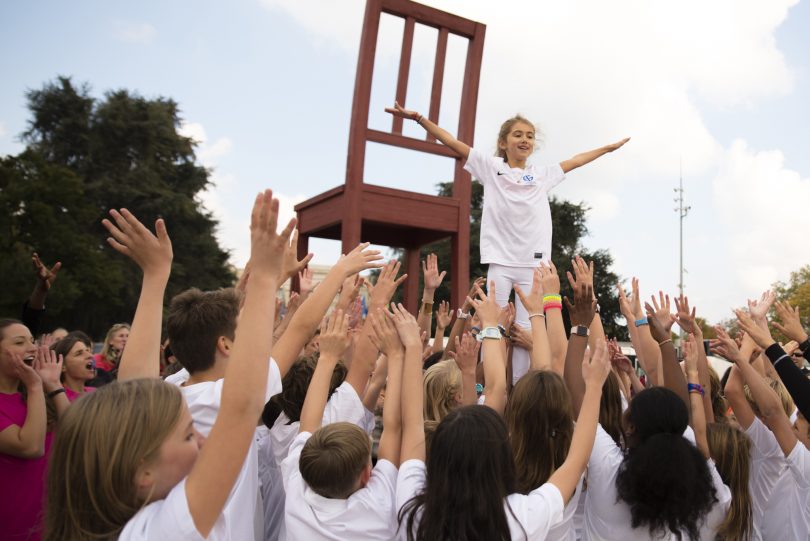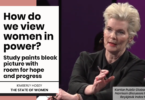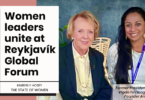This article originally appeared Oct. 12 on the Women & Girls Hub of News Deeply, and you can find the original here. For important news about issues that affect women and girls in the developing world, you can sign up to the Women & Girls Hub email list.
By Christine Chung
The U.N.’s Sustainable Development Goals promise gender equality, but a panel marking the International Day of the Girl agreed that achieving the goals requires monitoring and active participation by girls to make sure governments deliver.
In Geneva, there was no missing the fact that yesterday was International Day of the Girl. Various U.N. offices usually reserved for dignitaries, like those of the director-general and the UNICEF Geneva liaison, were taken over by girls, while a flash mob of young women and their supporters gathered at the Place des Nations in front of the square’s iconic statue of a giant three-legged chair.
To mark the day, Plan International organized a panel featuring young activists from Zambia and Germany, U.N. officials, and Colombia’s ambassador, to discuss how girls fit into the U.N.’s 2030 agenda.
The 2030 Agenda for Sustainable Development, adopted in September 2015, comprises 17 Sustainable Development Goals (SDGs) and 169 associated targets for people, planet and prosperity. According to Alfonso Barragues, director of the U.N. Population Fund in Geneva, the main difference between the SDGs and the Millennium Development Goals, which were set out in 2000 with a 2015 deadline, is “a paradigm change.”
“The MDGs were an aid contract between developed and developing countries,” Barragues told the panel. “The SDGs are a social contract, so it’s an agenda for girls and their generation.” Panel members agreed that a key tool in carrying out that agenda is data.
The fifth SDG specifically aims to achieve gender equality and empower all women and girls. Speaking on the panel, Ngandu, a young woman from Zambia, laid out the prejudices she faces every day. “To be a girl in Zambia is to be a second-class citizen,” she said. “People believe that boys are more knowledgeable than girls.”
“Girls face human rights challenges that are enormous, massive, but their situation is essentially invisible,” Barragues told Women & Girls Hub. “This is an invisibility that takes place in front of our eyes.”
As part of the panel, Anne-Birgitte Albrectsen, CEO of Plan International, said that “the invisible girl is the first barrier to be broken.” Plan International’s new report, “Counting the Invisible,” shows how data not only reflects gender differences and inequalities, but also provides girls and those advocating for their rights a useful tool to demand accountability. “The SDGs are not a framework but a promise,” said Albrectsen. “Promises need to be monitored. Everyone needs to hold their governments to account.”
Barragues referred to data as a fundamental tool, saying, “Emphasis on data would kill several birds with one stone: for planning, evidence-based advocacy and ultimately strengthening the social movements of girls.”
After an audience member commented on the difficulties in addressing the needs of sex-trafficking victims, the panel moderator, U.N. Deputy High Commissioner for Human Rights Kate Gilmore, noted the challenge of giving attention to both data and the voices of those whose experiences it aims to quantify.
“We can’t measure everything. At the end of the day, we have to address the root causes, not just the symptoms, which are easier to measure,” said Barragues. “Social norms and attitudes that come from patriarchal views that women are inferior, these create the power imbalances that put girls at a disadvantage.”
Gender bias is ingrained in the measurement process, resulting not only in the lack of data but even in “bad” data, write contributors Mayra Buvinic and Ruth Levine in “Counting the Invisible.” One consequence is that data can misrepresent reality so that women appear more dependent and less productive than they actually are, which in turn influences policy decisions.
In addition to the importance of gathering better data, the panel also discussed investing in quality education and facilitating active participation by girls in policy discussions as keys to empowerment. Speakers both on the panel and in the audience noted that a solution to gender inequity can only be achieved with the participation of boys and men.
“We should empower women, but we can’t leave men behind,” said Luca, a young woman from Germany on the panel. “We rise, and we take them with us.”
Barragues said there are promising efforts to involve men in the process of empowering women and girls. He points to the International Geneva Gender Champions, an initiative launched by the U.N. Office at Geneva and the United States Mission to the U.N.
“These are heads of agencies and organizations and ambassadors committing to advancing gender equality in the work of the international community in Geneva,” he said. “For example, the initiative promotes panel parity at those events organized by the U.N. There are over 150 champions already mobilized, including the high commissioner for human rights. In fact, the majority are men, which is helpful to promote men’s engagement on gender equality, but is also telling in terms of who holds rank. Ultimately, we are striving to see parity in all areas.”







